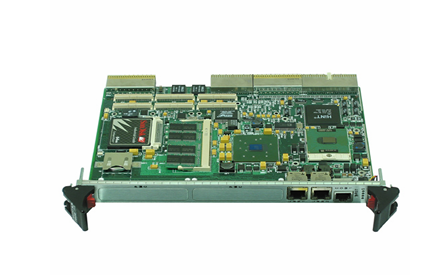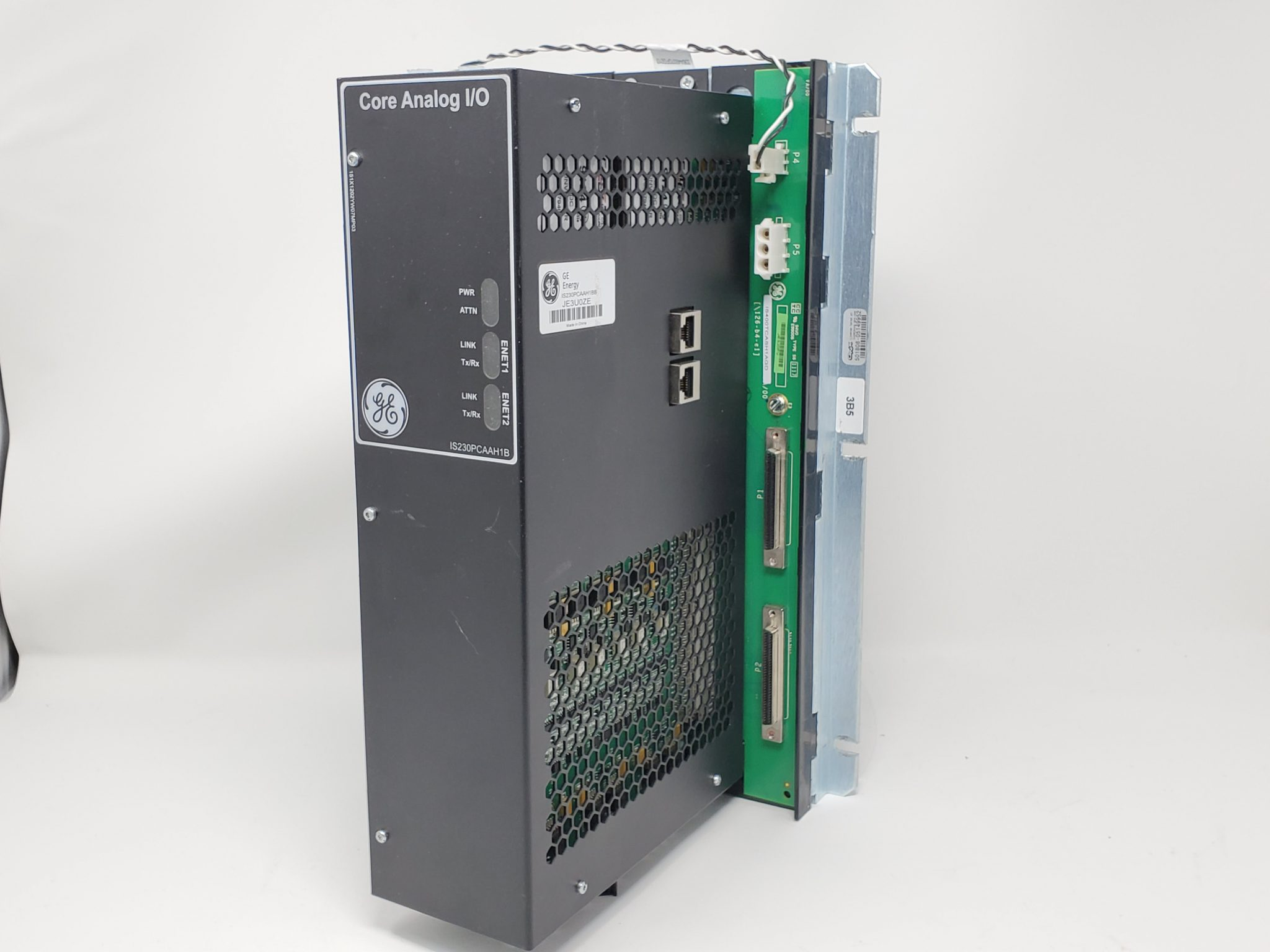
Dive into the Rich History of 5 Groundbreaking Submarines
his 350-foot-long innovation was powered by four drives, including two 3,800-horsepower Sulzer diesel-based engines for overwater function and two 1,700-horsepower electric motors for sub-sea navigation.
The Surcouf boasted a range of 10,000 nautical miles, as well as one standout feature not often associated with submarines: a watertight hangar with a specially designed MB.411 seaplane to provide recon and guidance. The Surcouf suffered a tragic, mysterious fate when it disappeared without a trace in 1942 while headed for Tahiti. It’s theorized that the submarine was inadvertently destroyed after a collision with a U.S. merchant freighter.
4. England’s Nuclear-Powered Submarine — HMS Anson

Past innovations and advancements in submarine technology made way for England’s more than $1 billion HMS Anson. The submarine was built by BAE Systems and commissioned into the Royal Navy submarine fleet in 2022. The Anson is a nuclear-powered combat agent powered by a Rolls-Royce nuclear reactor, with a near-320-foot-long frame and a displacement of 8,600 tons.
Armed with Tomahawk land attack missiles and Spearfish torpedoes, the submarine can cleave through the seas at over 30 knots. Advanced purification technology provides onboard air and water, allowing circumnavigation of the globe without resurfacing.
5. USS Nautilus — The World’s First Nuclear-Powered Submarine

The 320-foot USS Nautilus SSN-571 (not to be confused with the USS Nautilus SS-168 that sank two Japanese vessels and served with great merit in World War II) was commissioned in 1954 as the first-ever nuclear-powered submarine. USS Nautilus broke the record in 1955, for the longest submerged cruise while travelling at the highest submerged speed ever recorded at the time; 1,381 miles in just under 90 hours.
In 1958, the vessel also became the first submarine to complete a submerged transit of the North Pole. Decommissioned in 1980, the USS Nautilus was designated a National Historic Landmark and has been preserved at the Submarine Force Library and Museum in Groton, Connecticut, as a museum ship, receiving 250,000 visitors annually.
The Future of Submarines
Submarine design can only go up from here (well, not literally). To replace the U.S. Navy’s 14 aging Ohio-class submarines, a Columbia-class program will design and build 12 new ballistic missile submarines.
By 2031, the United States Navy has plans to replace each retiring Ohio-class boat with a new Columbia-class submarine. The new submarines give off less acoustic energy than a 20-watt light bulb and will cost a whopping $347 billion to come to fruition.
The future of submarines includes an increased number of autonomous underwater vehicles (AUVs), and the ability to handle more cargo. They may even be smaller. According to Steve Hall, CEO of the Society for Underwater Technology, while submarines may continue to be piloted, the crew will likely be smaller and pilot from a distance. The real question is, will command centers look like a Star Trek scene?




.jpg)



































































.jpg)
.jpg)





.jpg)



.png)
.jpg)

.jpg)
_lVjBYb.jpg)

.jpg)
.jpg)



.jpg)
.jpg)







.jpg)

.jpg)
.jpg)








